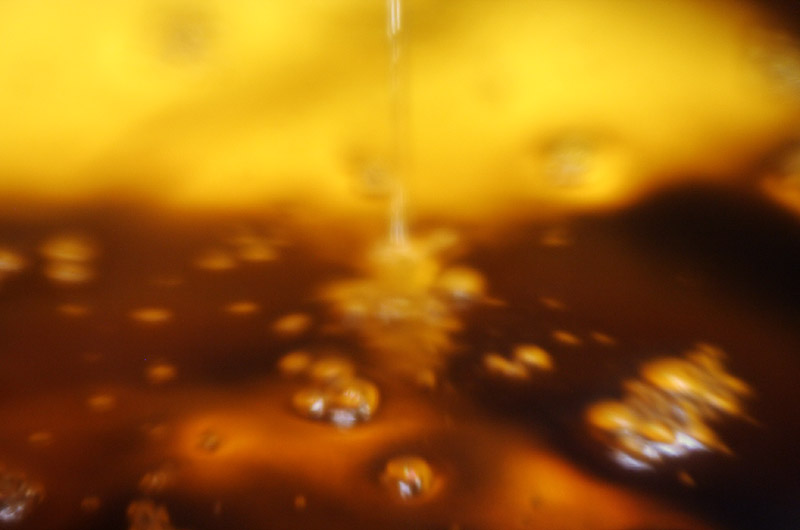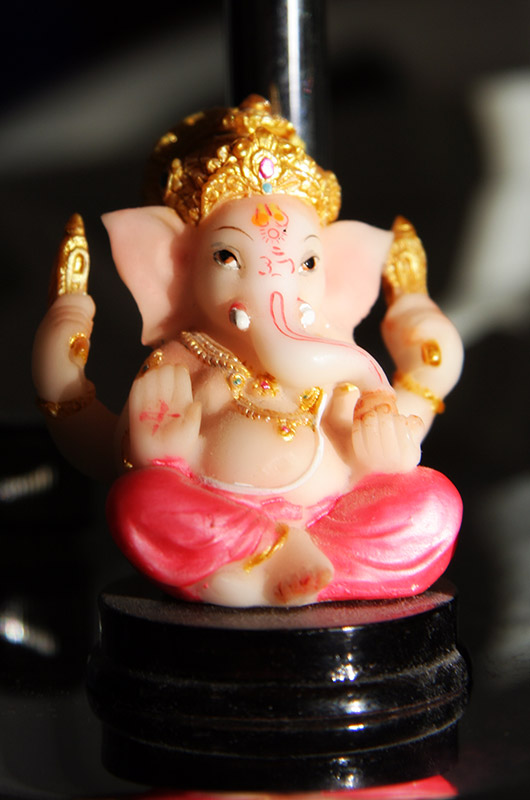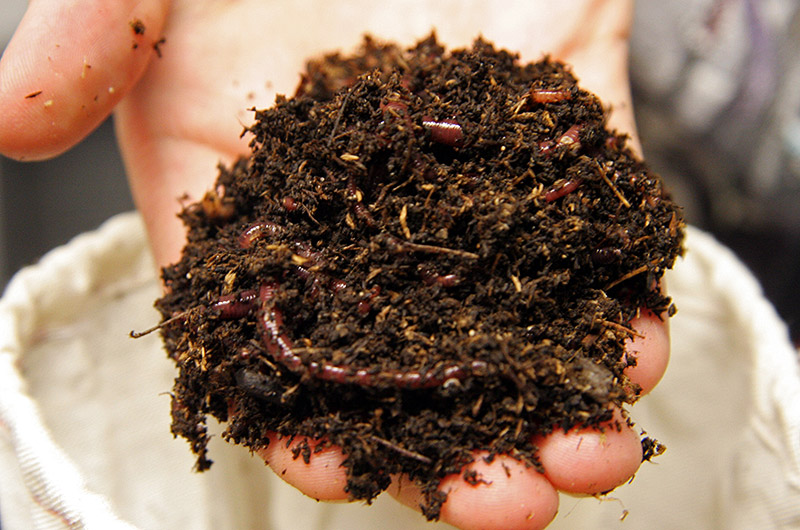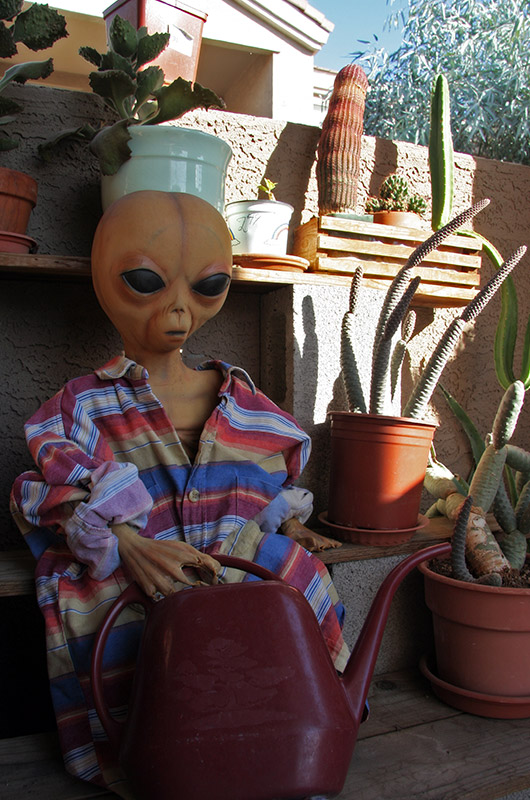
I’m waiting for FedEx to deliver a package. Every time a vehicle stops in front of our place and I hear the car door shut, I jump up, run to the door, look for my package. For the fifth or sixth time, it is someone else. The last check though I looked left and one of our cactus was aglow in the afternoon light of sunset. The thorns appeared to burn hot as though they were heating elements. As I write this another couple of car doors have slammed shut, still no package.




